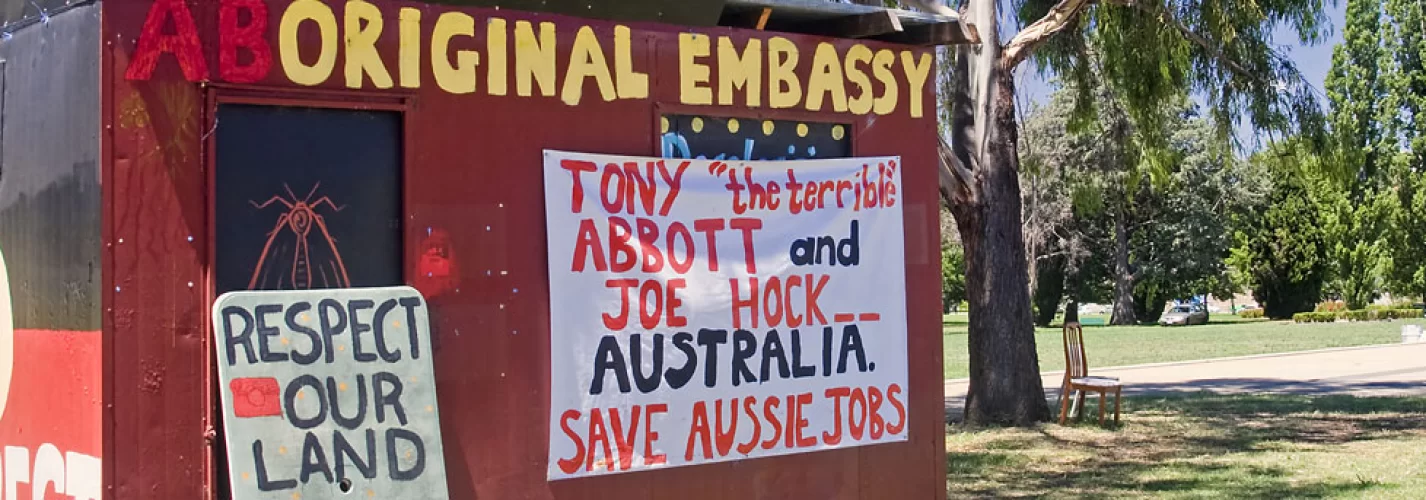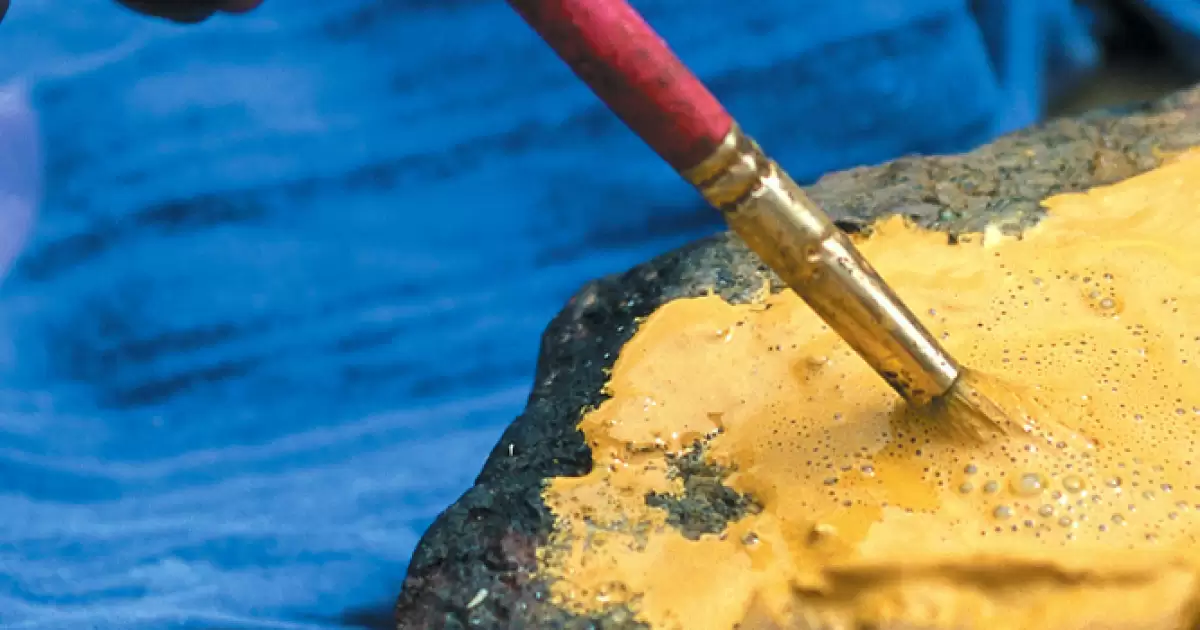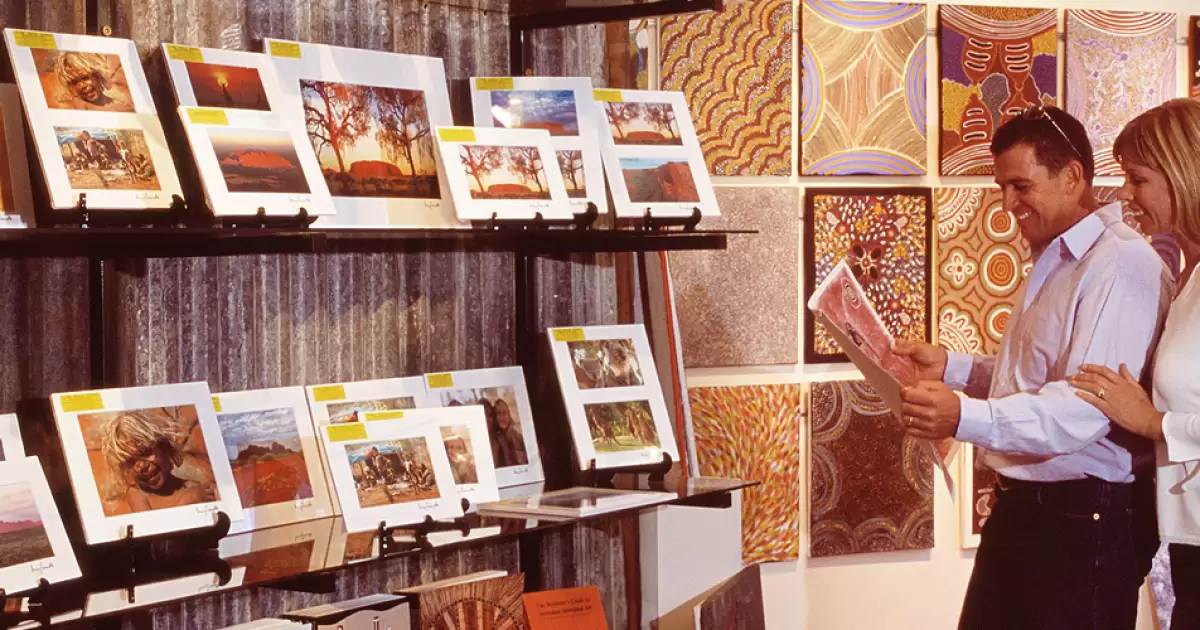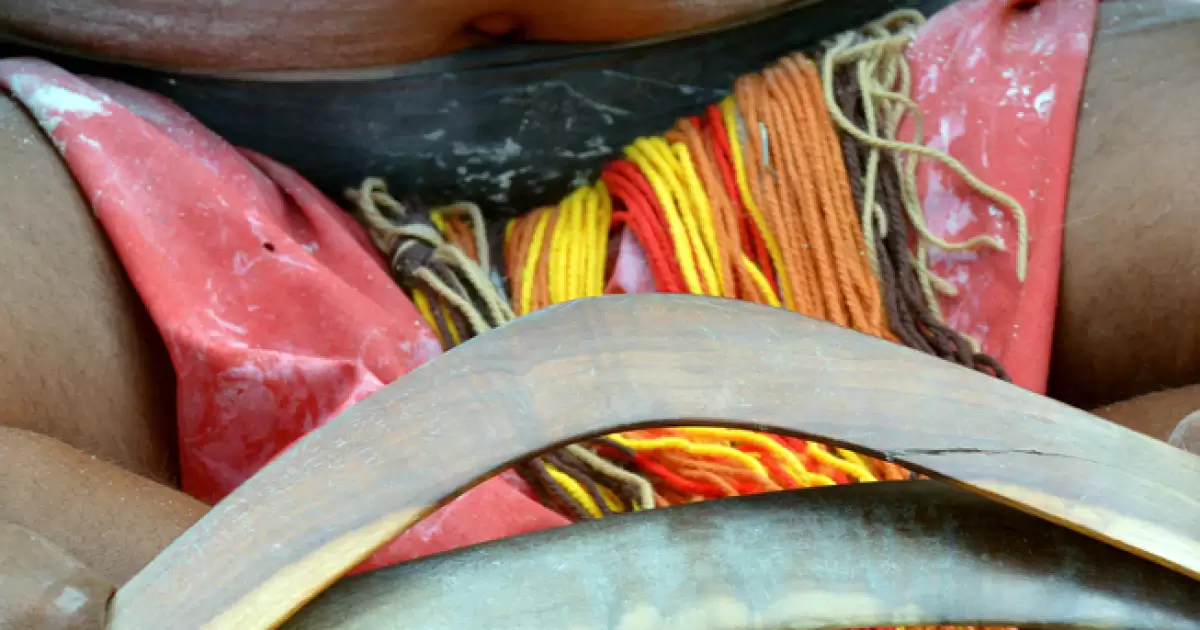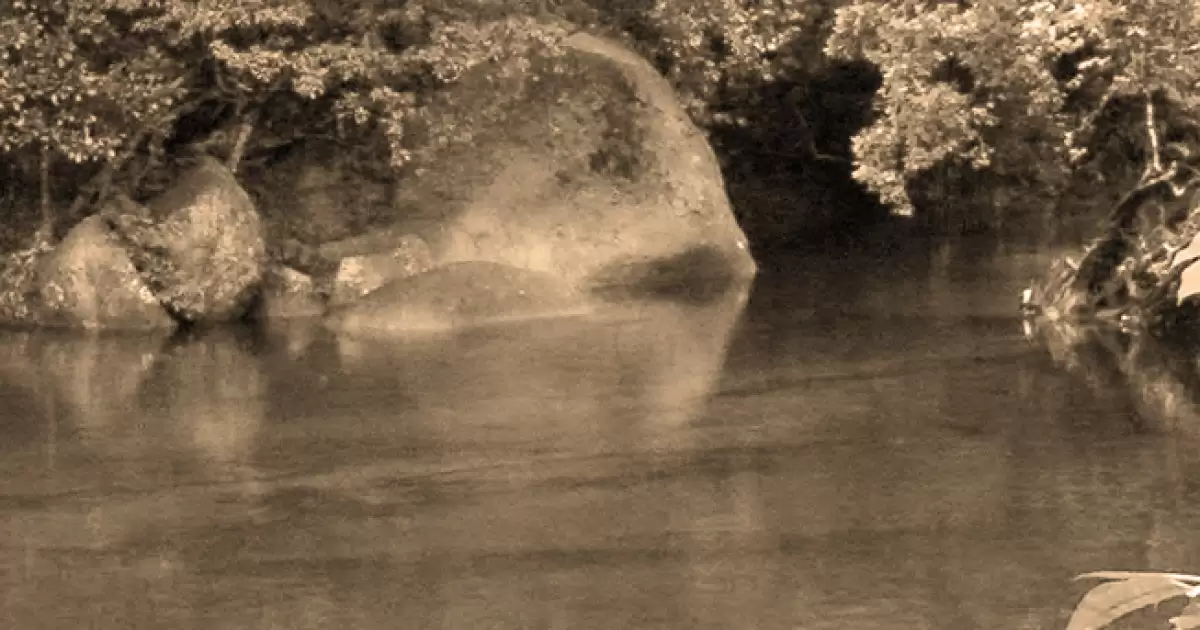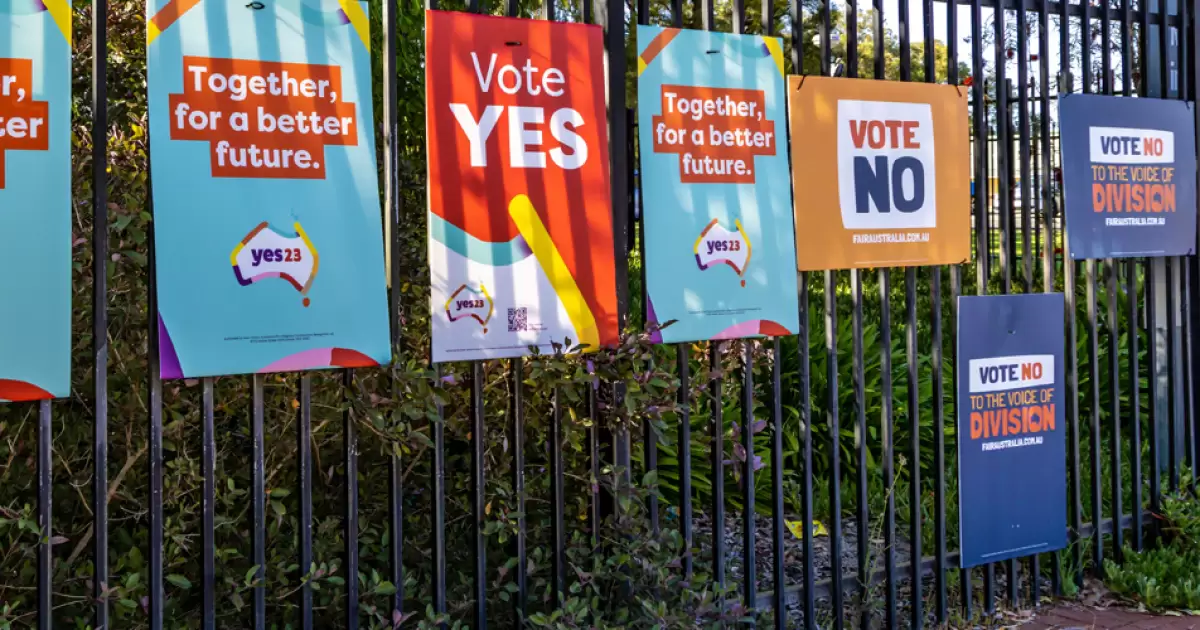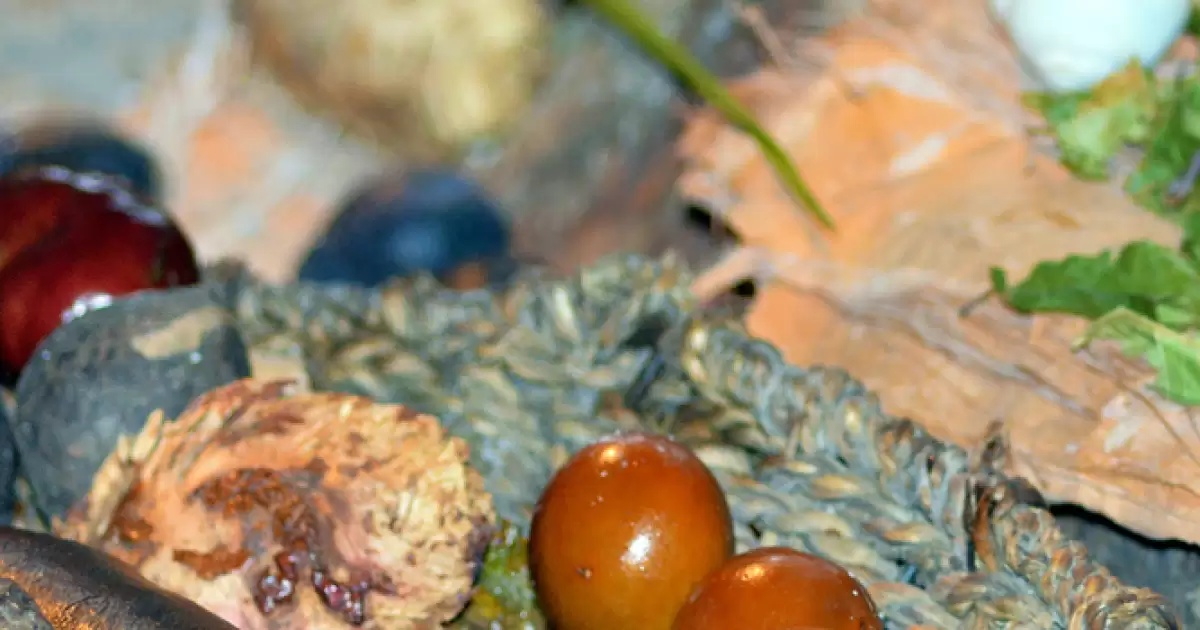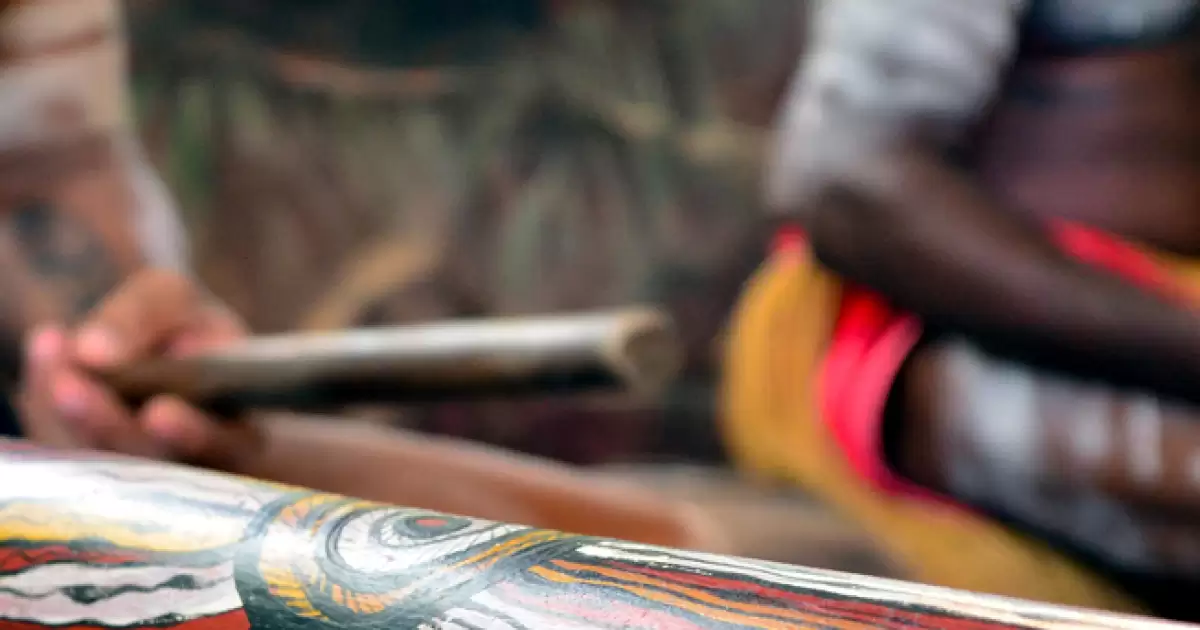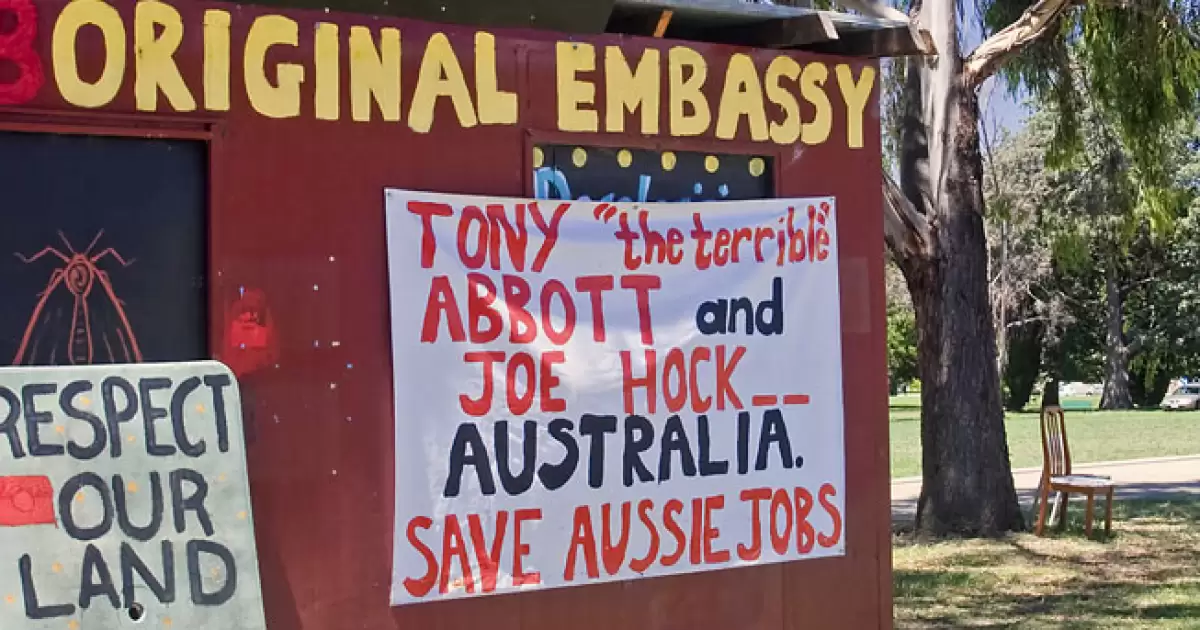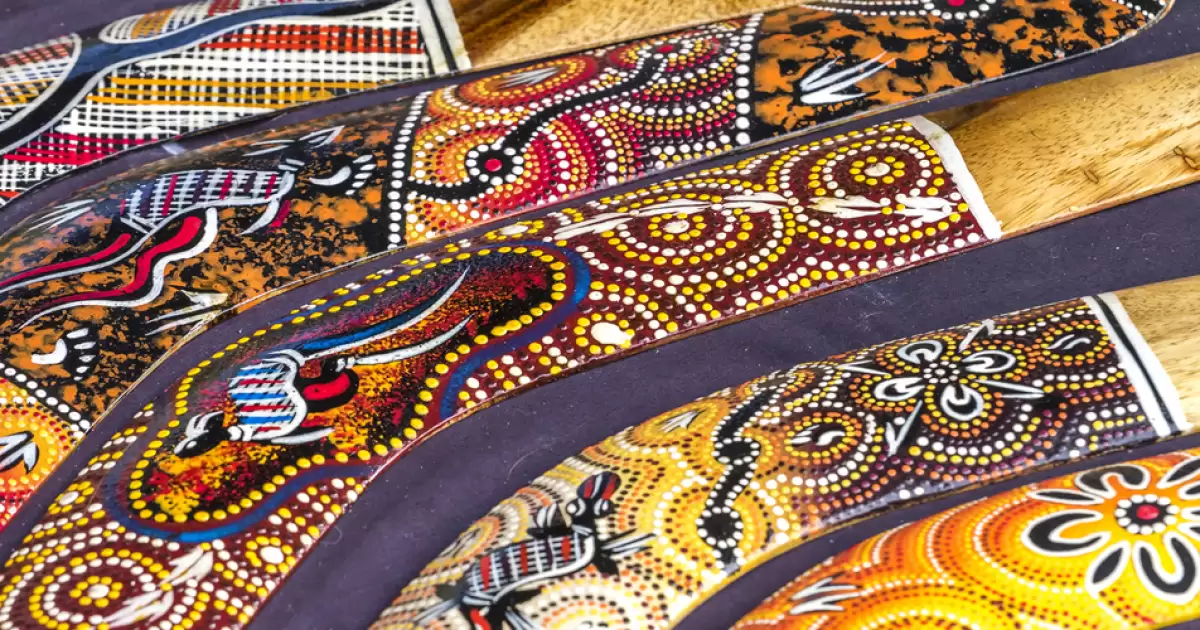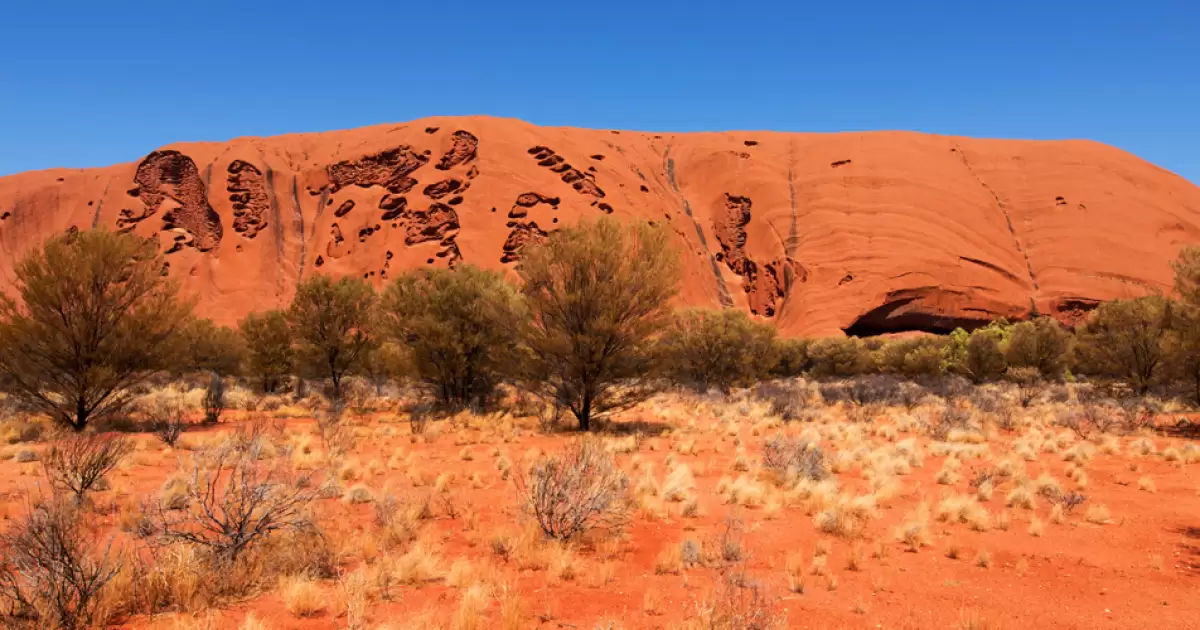The Aboriginal Tent Embassy was set up by First Nation activists on the lawns opposite Parliament House in 1972 to protest the Government's refusal to acknowledge Aboriginal land rights. In the middle of the night 4 young Aboriginal men set up a umbrella on the lawns opposite Parliament House and sat down. It was to become a permanent protest occupation site for representing the political rights of Aboriginal Australians and Torres Strait Islander people. The Embassy is now a landmark having celebrated its 50th anniversary on 26 January 2022.
The Tent Embassy became a hub for activist conversations and political meetings.
Media attention grew as the Tent Embassy and protesters made it clear they were not going to move on. It wasn't illegal to camp on the lawns of Parliament House, so the police couldn't remove them.
Support for the Tent Embassy came from Aboriginal and Torres Strait Islander people, from allies across the continent, and globally. It became the site of the longest protest for Indigenous land rights, sovereignty and self-determination in the world.
Tent Embassey Timeline:
- In February 1972, there were 11 tents on the lawns opposite Parliament House. The embassy continued to grow and attracted a dynamic and articulate group of diplomatic staff, activists and supporters.
- The McMahon government regarded the embassy as an embarrassment on an international scale & not too keen on being reminded Aboriginal people were demanding rights. The government attempted to move the diplomatic staff on through legal means and political inducements.
- Having exhausted legal avenues for eviction, the McMahon government amended the Trespass on Commonwealth Lands Ordinance 1932-1966 (ACT) to ban camping, squatting and the erection of tents on the Parliamentary lawns.
- On 20 July 1972, by order of the McMahon government, 150 Australian Federal Police evicted the diplomatic staff and pro-landrights protestors, arrested eight people and removed the Tent Embassy by force.
- After large-scale protests, Tent Embassy ambassadors and their supporters attempted to re-erect the embassy on 23 July, but again it was destroyed by law enforcement.
- By 30 July 1972, the embassy was re-established. Embassy ambassadors and their supporters maintained it for several hours against police opposition, but it was peaceably dismantled again by the ambassadors and their supporters.
- In late 1973 PM Gough Whitlam, accepted an invitation from Embassy organisers to visit the tents and speak with representatives.
- After the Whitlam government was elected the tents were pitched again.
- In 1976 it was again dismantled following negotiations in response to the passage of the Aboriginal Land Rights Act 1976 (Cth).
- In 1976 Parliament passed the Aboriginal Land Rights (NT) Act. It was the first legislation in Australia that enabled Aboriginal & Torres Strait Islander people to claim land title (ownership), if they could prove their traditional connection to the land.
- Between 1976 and 1992, the embassy stood in various locations around Canberra, including the land surrounding new Parliament House (opened in 1998.)
- In 1992 the decision in Mabo & Ors v State of Queensland [No. 2] (1992) 175 CLR 1 was handed down. It was also the same year the Tent Embassy celebrated its twentieth anniversary and returned to its permanent site on the lawns of old Parliament House
- The Australian Heritage Commission recognized the Embassy as a symbolic site in 1995. It later gave the Federal government permission to remove the burnt remnants of the Tent Embassy.
Issues fought for:
Protesters were now encouraged & pursued action on a number of issues including funding for Aboriginal communities, the political representation of Indigenous Australians, self-determination and Aboriginal sovereignty of Australia.
- Aboriginal deaths in custody
- Howard government’s Northern Territory Intervention in 2007
- Political representation of Indigenous Australians
- Funding for Aboriginal communities
- Cuts to essential Indigenous services
- Aboriginal sovereignty over the Australian continent
- Acknowledgement of an Indigenous right to self-determination
Land Rights
Indigenous Australians have always fought to retain the rights to their traditional lands. The 1960s and 70s saw decades of greater national awareness of Indigenous activism and significant actions were being taken by groups in the land rights struggle.
On 6 February the embassy issued a list of demands to the Australian Government. The list focused on land rights issues and demanded:
- Complete rights to the Northern Territory as a state within Australia and the installation of a primarily Aboriginal State Parliament. These rights would include all mining rights to the land
- Ownership and mining rights of all other Aboriginal reserve lands in Australia
- The preservation of all sacred sites in Australia
- Ownership of areas in major cities, including the mining rights
- Compensation for lands that were not able to be returned starting with $6 billion and including a percentage of the gross national income every year.
